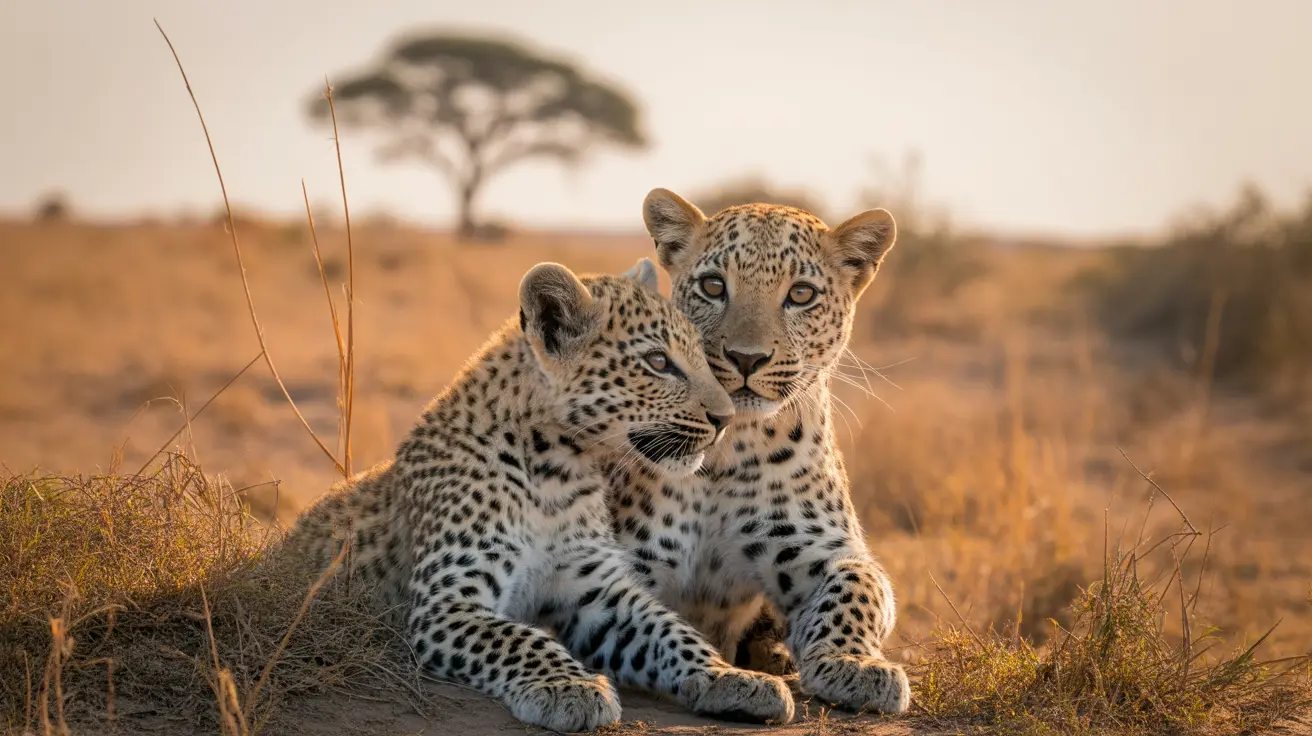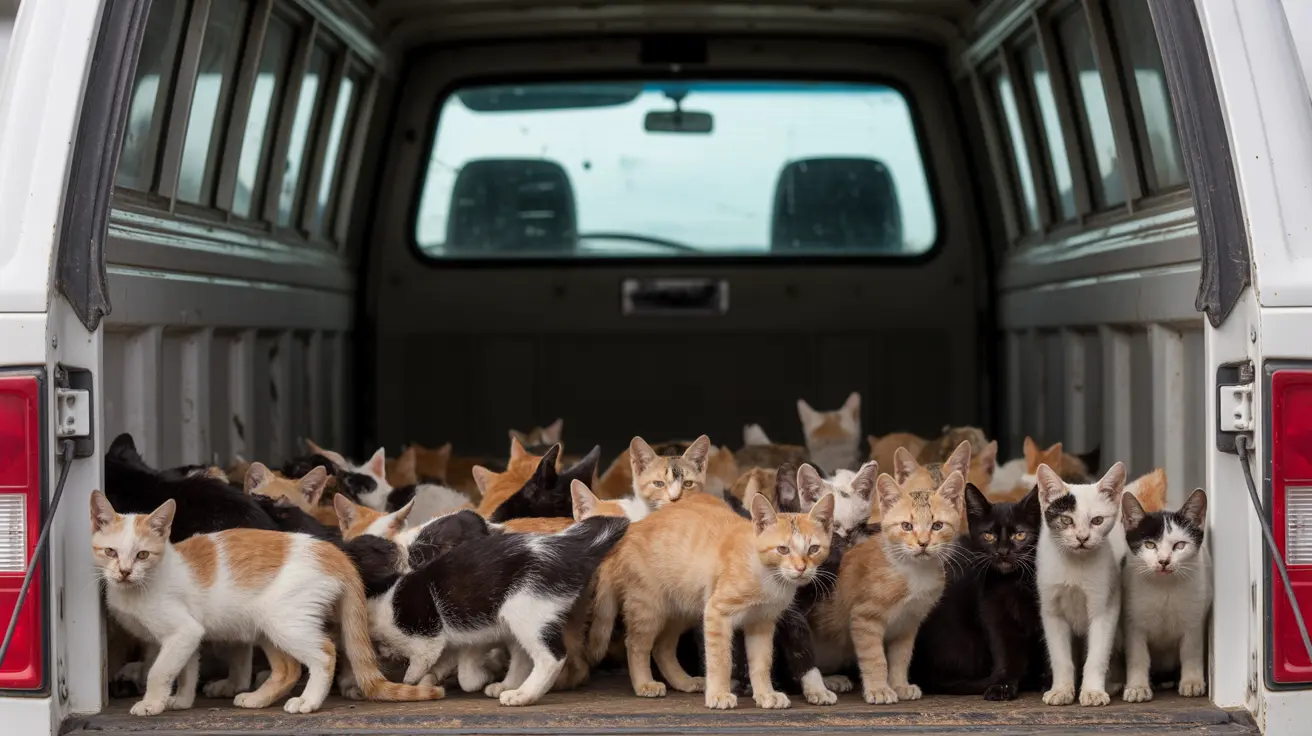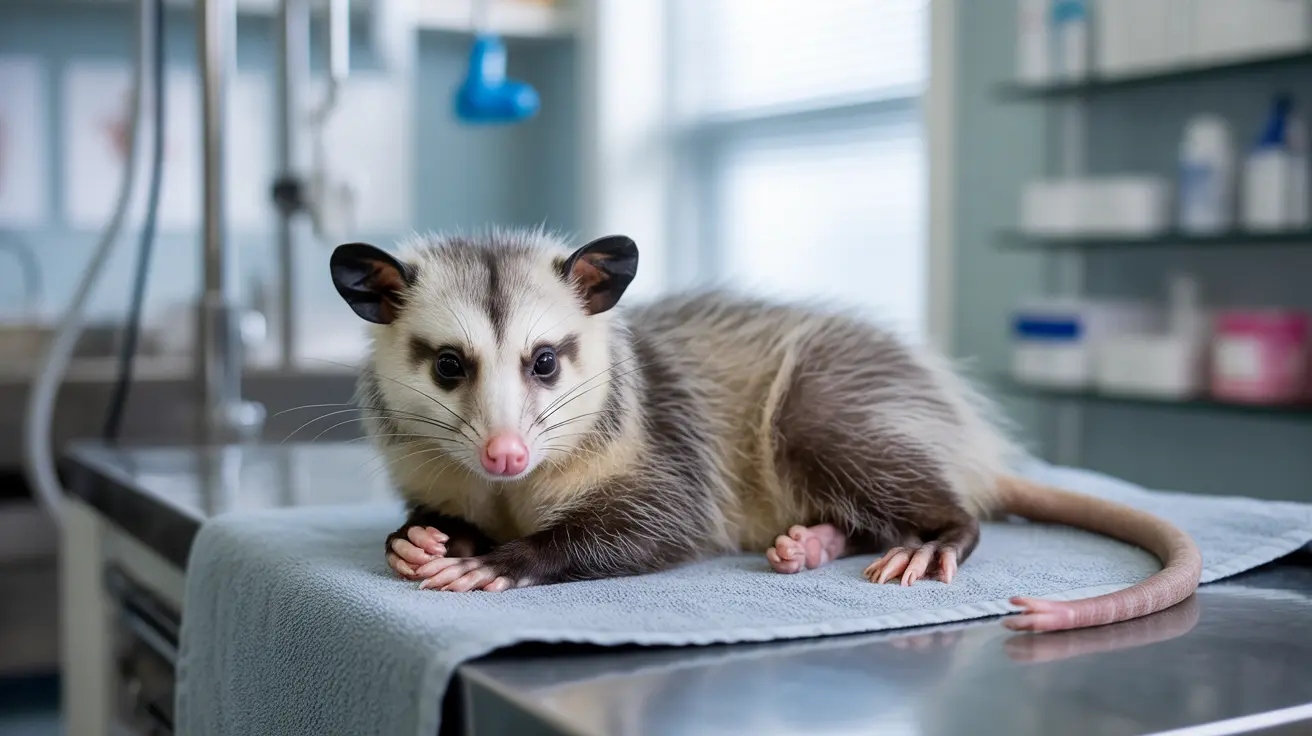The Turing Model Animal Patterns: Nature's Mathematical Blueprint
The foundation of how animals develop their patterns lies in what scientists call the Turing model animal patterns, named after mathematician Alan Turing. This model explains how simple chemical interactions during embryonic development can create complex, repeating patterns. The process involves activator and inhibitor chemicals that work together like invisible paintbrushes, determining where pigment will and won't appear on a developing animal's skin.
During embryonic growth, these chemical signals spread across the developing skin in waves, creating the mathematical foundation for spots, stripes, and other patterns. The timing, concentration, and interaction of these signals determine whether an animal will develop stripes like a zebra or spots like a leopard.
Alx3 Gene Function: The Master Switch for Stripe Formation
Recent research has identified the Alx3 gene function as a crucial player in stripe formation, particularly in zebras. This gene acts like a master switch, inhibiting pigment production in specific areas to create the characteristic white stripes. The Alx3 gene works in partnership with other genetic regulators to ensure stripes form in precise, symmetrical patterns during embryonic development.
When the Alx3 gene is active in certain skin cells, it prevents the production of melanin (the pigment responsible for dark coloration), resulting in the white or light-colored stripes. This genetic mechanism is remarkably conserved across many mammalian species, including some domestic animals that display striped or tabby patterns.
Animal Coat Pattern Genes: Beyond Stripes and Spots
The genetic networks controlling animal coat pattern genes are incredibly complex and involve multiple interacting factors. For leopards, genes like Taqpep and Edn3 play essential roles in creating their distinctive rosette patterns. These genes interact with the same basic Turing model principles but produce different outcomes due to variations in timing, gene expression levels, and cellular responses.
Understanding these genetic mechanisms helps explain why some domestic cats have tabby patterns while others are solid-colored, and why certain dog breeds display distinctive markings. These same fundamental genetic pathways operate across mammalian species, creating the diversity of patterns we see in both wild animals and beloved pets.
Evolutionary Purpose of Animal Markings
The evolutionary purpose of animal markings extends far beyond mere aesthetics. These patterns serve multiple crucial functions including camouflage, thermoregulation, parasite deterrence, and social recognition. Zebra stripes, for example, create "motion dazzle" that confuses predators and helps regulate body temperature by creating air currents across the skin.
Leopard rosettes provide excellent camouflage in dappled woodland environments, while also serving as unique identification markers for individual animals. Even in domestic pets, these inherited pattern genes can influence behavior and social interactions, as coat patterns often correlate with certain temperamental traits.
Conservation Genetics in Patterned Animals
Research into conservation genetics in patterned animals reveals that genetic mutations in animal patterns often indicate broader health issues within populations. When wild populations become inbred or fragmented, abnormal stripe and spot patterns become more common, serving as visible indicators of reduced genetic diversity.
This research has important implications for wildlife conservation efforts and can help conservationists identify populations that may need genetic intervention. For pet owners, understanding these genetic principles can provide insight into their animals' heritage and health.
Frequently Asked Questions
How do zebras develop their unique stripe patterns?
Zebra stripes develop during embryonic growth through precise genetic regulation, particularly involving the Alx3 gene which inhibits pigment production in stripe areas, guided by chemical patterning known as the Turing model.
Why do leopards have spots instead of stripes?
Leopard spots result from a different set of genetic interactions involving activator-inhibitor mechanisms and specific genes like Taqpep and Edn3, producing spots and rosettes rather than stripes, showing a distinct evolutionary adaptation.
Do the patterns on zebras and leopards serve a functional purpose?
Yes, these patterns act as camouflage, helping zebras confuse predators via motion dazzle and assisting leopards in blending with dappled woodland light. Patterns also aid thermoregulation, parasite deterrence, and social recognition.
Can abnormalities in an animal's stripes or spots indicate genetic health issues?
Abnormal stripe and spot patterns often arise from genetic mutations and are more common in inbred or fragmented populations, signaling reduced genetic diversity and potential health problems.
This remarkable research into animal pattern formation opens new windows into understanding the genetic basis of beauty in nature. Whether you're admiring the stripes on a tabby cat or marveling at wildlife photography, you can now appreciate the incredible genetic complexity behind these stunning natural patterns. The next time you look at your pet's unique markings, remember that you're seeing millions of years of evolution written in their genes.






